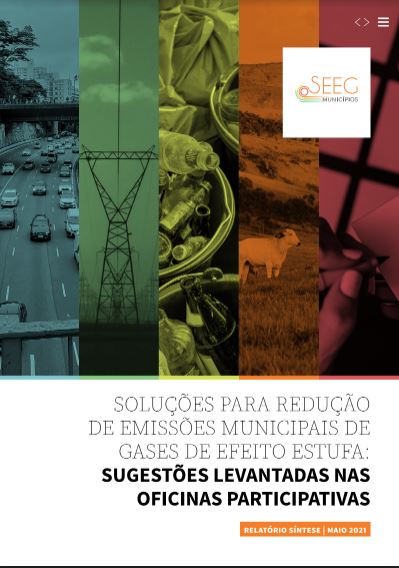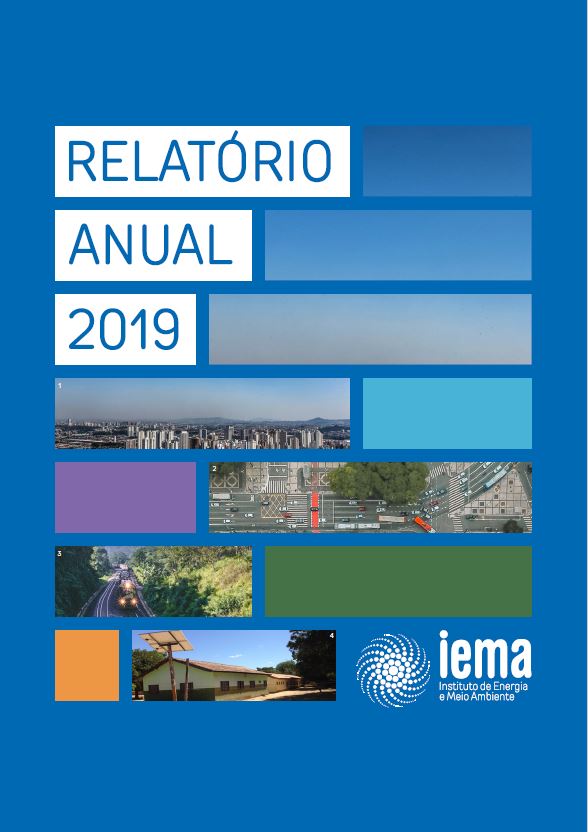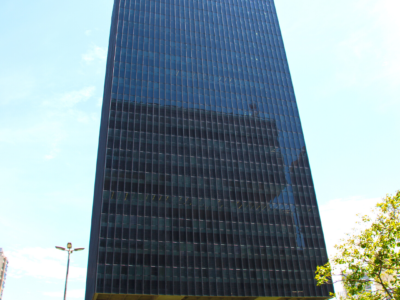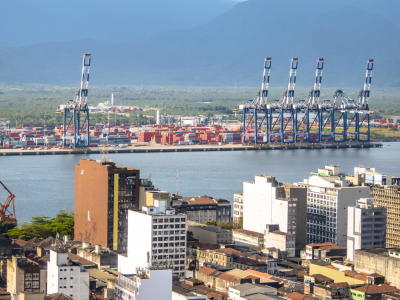Due to the COVID-19 pandemic, the National Association of Motor Vehicle Manufacturers (Associação Nacional dos Fabricantes de Veículos Automotores – ANFAVEA) announced that it intends to defer the new phase of the Air Pollution Control Program for Motor Vehicles (Programa de Controle da Poluição do Ar por Veículos Automotores – PROCONVE) for heavy vehicles for up to three years. It was supposed to come into force in 2022. If deferred, the emission of nitrogen oxides (NOx), the pollutants responsible for pulmonary problems, will be up to 20% more compared to compliance on schedule and up to 11% more particulate matter 2.5 (PM) emitted on combustion — fine particles formed by soot and other solid or liquid particles suspended in the atmosphere that can cause cardiorespiratory problems. Those data are available in a report by Instituto de Energia e Meio Ambiente (IEMA), published on October 5, which estimates the impact on the emission of the two pollutants with the three-year deferral of phase eight of the program.
Research shows that the PROCONVE is and will continue to be an effective instrument for controlling heavy vehicle emissions within the horizon until 2050. PROCONVE is a program instituted by the National Environment Council (Conselho Nacional do Meio Ambiente – CONAMA) to improve air quality in Brazil by requiring the manufacture and sale of vehicles in general that meet increasingly restrictive emission limits, that is, that pollute less. The program includes buses, minibusses, trucks, motorcycles, light commercial vehicles (such as vans), and automobiles. The P8 phase of PROCONVE, established by CONAMA’s Resolution No. 490 of 2018, is equivalent to the Euro 6 standards that entered into force in Europe in 2014. In other words, the automakers operating in Brazil already have, in their European headquarters, the technology necessary for the change.
IEMA has projected pollutant emissions into four scenarios. The first considers that the P8 phase of the PROCONVE will start as established in CONAMA’s resolution, that is, in 2022 for new types of heavy vehicles and 2023 for all types of heavy vehicles. The second scenario considers the P8 phase with the three-year deferral, that is, implemented in 2025 for new types of heavy vehicles and 2026 for all types of heavy vehicles. The next one assumes that there will be greater progressive electrification of the fleet in conjunction with implementing phase eight on schedule. The last one also considers the manufacture and sale of more hybrid and electric vehicles, but with the three-year deferral of phase eight.
The amount of extra emissions in the case of deferral of the new phase varies over the years. For example, in the case of nitrogen oxides (NOx), in 2023, 5.6% more of the pollutant will be emitted into the atmosphere. The number goes up year by year until it peaks in 2032 when vehicles will release 20.5% more of the pollutant. A plateau is observed between 2026 and 2036, when most emissions remain around 20%. The most straightforward drop to be observed is as of 2037 (with 18.4%).
In turn, there are two different “emissions” of particulate matter 2.5 (PM 2.5) by vehicles: what is released through the exhaust pipe and what results from tire wear and friction of other components. The highest total particulate matter emission in the deferral scenario reached 4% in 2026. In the following year, the difference in emissions between the scenarios falls slowly until reaching a 1.7% difference in 2041. The highest emission of particulate matter from friction in the deferral scenario peaked in 2035 and 2036, with an 11.9% higher emission in the deferral scenario in relation to compliance on schedule. And it remains above 10% between the years 2027 and 2043.
The study also revealed that considering the electrification and hybridization scenarios adopted in the National Energy Plan, electric vehicles will still have little effect on NOx and PM emissions in this decade and the next. “The data show that phase eight of PROCONVE is important; however, for less polluting cities, we need more policies and actions that change the mobility paradigm of people and cargo. The analysis of the electrification and hybridization scenarios also shows that PROCONVE should move forward since combustion vehicles will continue to circulate for many decades to come,” said André Luis Ferreira, IEMA’s president.
Summary of PROCONVE’s Phase Eight Deferral Study
The deferral in the implementation of the P8 phase of PROCONVE will imply annual emissions between 2025 and 2037 close to 20% higher compared to its implementation happening on schedule. In addition to causing damage to health by itself, NOx is also a precursor to the formation of tropospheric ozone (O3), a pollutant whose environmental concentrations have exceeded air quality standards in Brazilian cities that have monitored it for decades.
As for particulate matter (PM 2.5), the study points to it as a pollutant more challenging to control. The results indicate that the new phase only is insufficient to avoid a trajectory of increasing emissions in the long term. “PROCONVE has contributed to establishing a decreasing trajectory of PM 2.5 emissions since the late 1980s. But projections indicate that there will be an inflection in the emissions curve, which will increase as of approximately 2035,” said David Tsai, IEMA researcher.
The emission of particulate matter drops slowly until it rises a little as of the year 2035. That is because the number of vehicles circulating on the streets should increase. And the wear of tires, brakes, and roads should generate more pollutants, which is worrying because PROCONVE does not have control strategies for the formation of the pollutant. “All those scenarios are not enough to improve the quality of life in cities if they remain clogged with cars. It is necessary to proceed with PROCONVE, but also to change the pattern of mobility in the country, making cities less dependent on the large circulation of motor vehicles,” said Ferreira.















